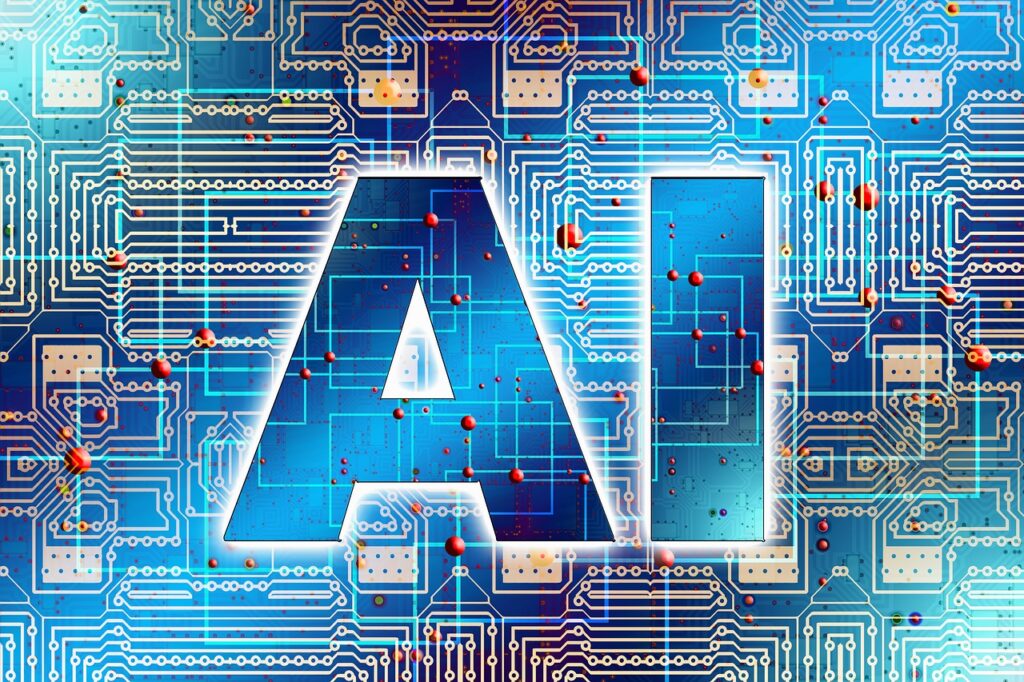 From placing bets online with promotions such as this Virgin Bet Welcome Offer instead of going to bookers, to self-driving cars that still too seem futuristic to be true, technological advancements are rapidly changing and shaping the way we live. For example, AI is a powerful tool and there are a number of AI applications already in use today, whether we realise it or not. Maybe it’s the camera that takes perfect photos every time. Or maybe, it’s the voice recognition that helps us being able to dictate messages instead of typing them.
From placing bets online with promotions such as this Virgin Bet Welcome Offer instead of going to bookers, to self-driving cars that still too seem futuristic to be true, technological advancements are rapidly changing and shaping the way we live. For example, AI is a powerful tool and there are a number of AI applications already in use today, whether we realise it or not. Maybe it’s the camera that takes perfect photos every time. Or maybe, it’s the voice recognition that helps us being able to dictate messages instead of typing them.
Whatever way, AI is present in our everyday life and will continue to improve day by day. The technology is so advanced that it can even automate simple tasks.
AI Referee
AI referees are an incredible application in the sports industry as they can automatically detect situations during games. The referee’s job is to spot fouls and make sure that everything runs smoothly by calling off-sides, penalties, or other violations. AI referees can do all this and more! They will be able to spot things such as fouls before they happen and call them for you without having to use any type of human interaction at all. With these types of technologies coming out we should expect to see more AI referees in the future which should change how we watch games forever!
Personalized training and diet plans
AI can be used to create personalized training and diet plans for athletes. For example, a running coach could use an app that records an athlete’s daily training and running data to monitor their progress, keep them motivated and help them reach their goals. The app could also be used by coaches and trainers to teach students how to run faster or how to improve their technique.
The main advantage of using AI for this purpose is that it allows coaches to track athletes’ progress in real time so they can make adjustments when necessary without having to wait until after the season ends.

AI tracking
One in particular is player tracking, which is the practice of collecting extremely precise data on exactly where players are and what they’re doing throughout the course of a game. This kind of data can be used to inform team coaches about the best strategies for their players, and it can help trainers and therapists to pinpoint weaknesses or potential injury risks. It’s not just in-game statistics, either. Through cameras and tracking, AI can follow players to understand their movements during a game and practice. This data can be used to help coaches identify weaknesses or opportunities for improvement, as well as help prevent injuries.
One of the best things about this type of AI application is that it can be used across all sports and levels. However, player tracking isn’t just beneficial to teams—it’s also useful for fans who want to understand what’s happening during a game. Sports broadcasters can use player tracking to visualize exactly what a play looks like as it happens, or they can use it to break down an entire season based on the performance of one player.


